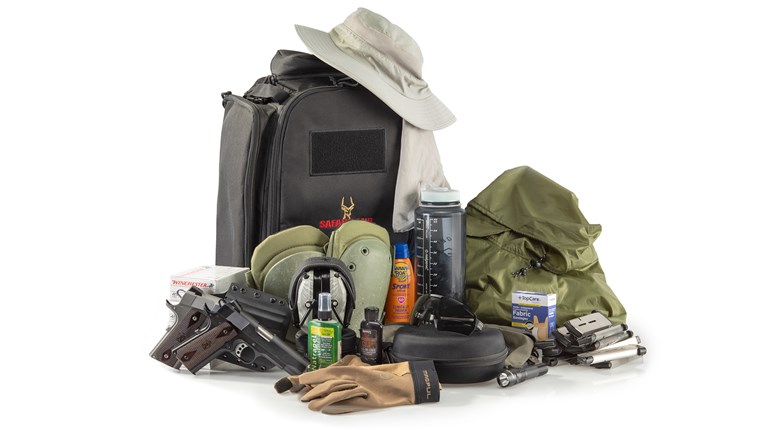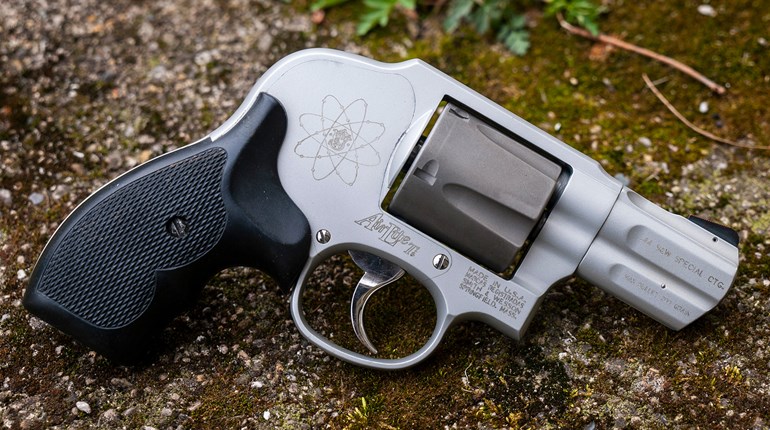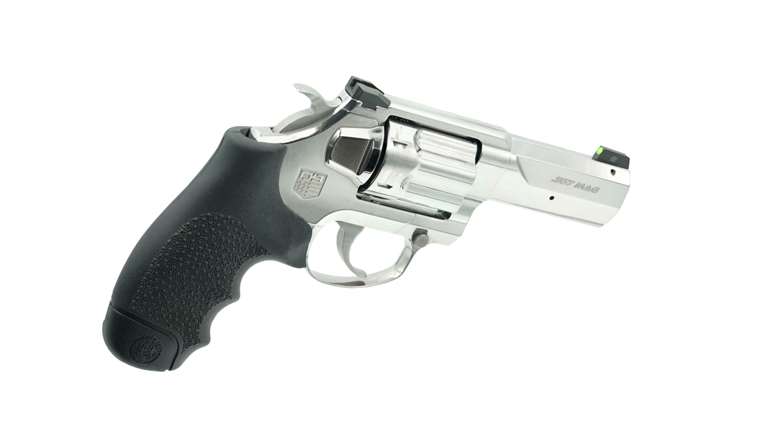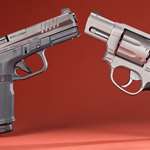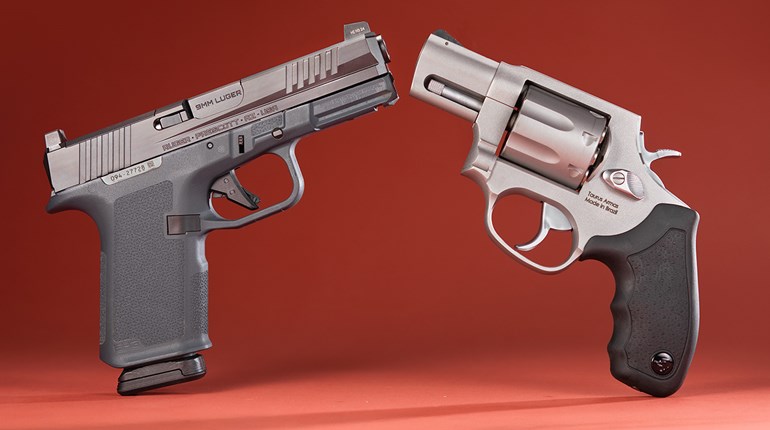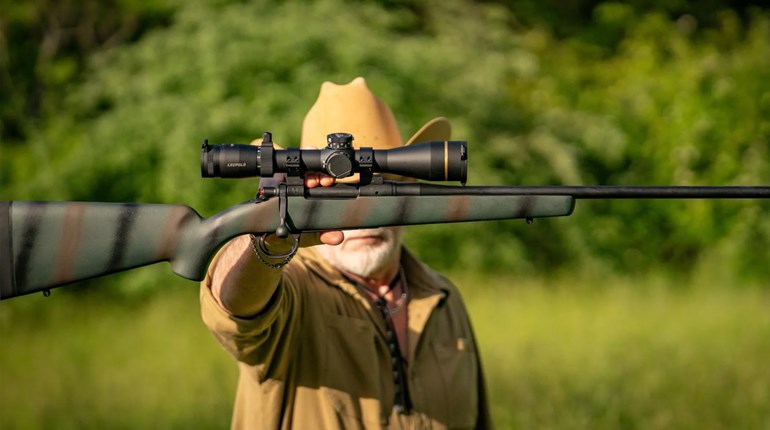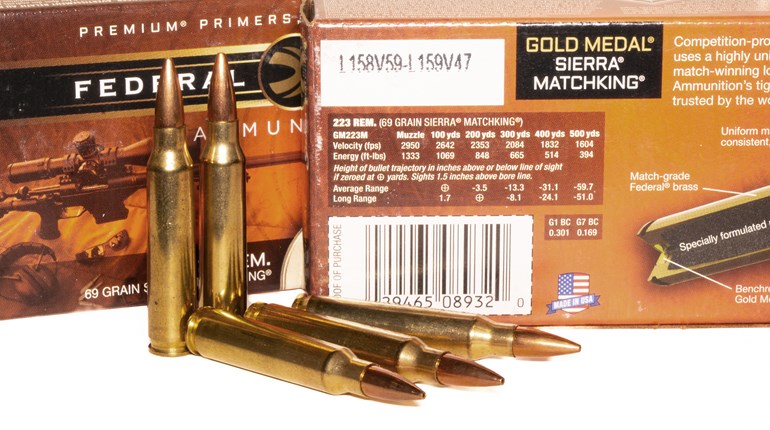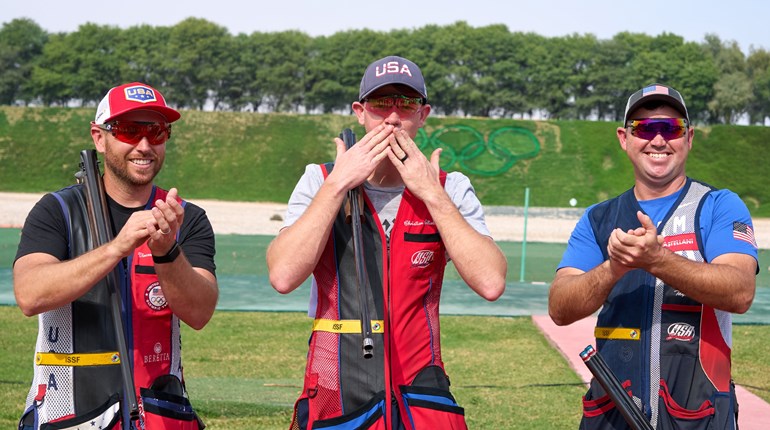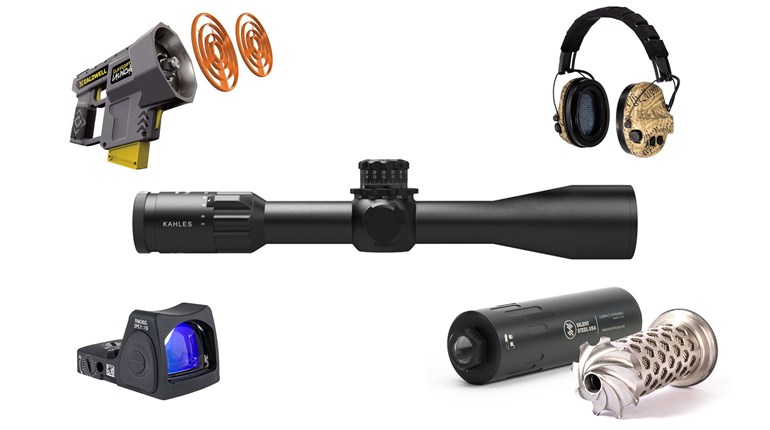
If I can be straight up with you guys, my regular readers, there are times I’ve pondered what I would do if, instead of being the Handgun Editor at Shooting Illustrated, I was appointed to be the, you know, Handgun Czar or something similar of some hypothetical Second Amendment-friendly administration (hint hint).
For starters, I’d urge the promulgation of good training. If kids can learn “Stop, Drop and Roll” and Eddie Eagle’s “Stop! Don’t touch! Run Away! Tell a Grown Up!” in elementary school, then surely adults should be ready to learn the basics of firearms safety, marksmanship and the principles of self-defense law by the time they’ve reached the age of majority and the other responsibilities that entails.
But, what about handguns themselves? Inflation is a thing, and everyone wants to stretch their dollar a little further, so what could the industry do to help the Little Guy (or Gal) afford a new blaster without cutting into the rent money or the grocery bill?
Well, as it happens, I have a platform in mind for this.
For starters, if you’re going to release a new model, release it in the final configuration from the jump-off. Too often the loyal customers on Blastomatic Fan Forums run out and buy the new Blastomatic 2000, only to have to buy the optics-ready Blastomatic 2000OR after SHOT Show the next year, and then the threaded-barrel Blastomatic 2000OR Tactical released the year after that.
Among these pistols, the only really different part is the barrel. If you’re gonna release an optics-ready version of your new pistol, just make them all optics-ready from the start. And, for heaven’s sake, there’s no point in having frames with and without accessory rails; that’s just doubling SKUs for no reason that’s beneficial to the consumer.
If you’re releasing a new semi-automatic handgun that isn’t yet another 1911 variant, it needs to use either Glock or SIG Sauer sights. These are effectively the industry standard sight-mounting methods in 2025, and coming up with yet another dovetail pattern in this day and age is just being hostile to your buyers.
Relatedly, the handgun-manufacturing business needs to sit down with the many purveyors of slide-mounted miniature red-dot optics and have a serious Come-To-JMB (John Moses Browning) talk:
“Friends, from here on out we are not going to include a sandwich baggy full of adaptor plates in the box with our pistols. We’re tired of angry e-mails from our customers, especially those who have had their dental plans activated by sights that were only held to the slide by weird, indirect, kludgy adaptor plates. Henceforth there are two MRDS footprints: Trijicon RMR and Shield RMSc. If your optic doesn’t mount up to one of these two, well … good luck, y’all.”
Concerning magazines, it’s a little more complicated because of grip angles, bore axes, feedway geometry and the like, but … If you can set your new pistol up to use an existing magazine, you’re ahead of the game. You’re doubly ahead of the game in states which still languish under the tyranny of magazine-capacity restrictions.
If you’re designing a new, clean-sheet-of-paper, polymer-frame, semi-automatic pistol these days, there’s almost no reason to not use a chassis-type system. Rather than forcing your customer to either whittle the grip frame down with hot tools or build it up by slipping a rubber sleeve over the grip, they can just spend 30-some-odd bucks on a fresh polymer frame that’s pre-sized to their paw. (And if they do want to experiment with more extensive re-contouring and texturing, then they aren’t risking the total bricking of their pistol; they can just bin the plastic grip module and order a new one.)
With revolvers, the day of the front sight machined integrally with the barrel or barrel sleeve is over. These aren’t issued guns, and if there’s one thing we’ve learned in the last 40 years or so it is that people’s preferences in iron-sight pictures are as diverse as their shoe sizes.
There’s no real consensus on how revolver front sights should be attached the way there is with their semi-auto counterparts, but however you have that thing fastened to the barrel, it should be able to be changed without resorting to a gunsmith. Relatedly, before your new revolver ships, make sure those front-sight specs get to Meprolight, Trijicon, XS Sights and the rest of the sight-manufacturing companies. Competition, of course, is good, but so is some dimensional standardization.
Probably the most controversial thing I would establish if I were the Czar of Making Handguns Affordable Again would be setting up some sort of publicly accessible testing regimen akin to the way the NHTSA publicizes its crash-test results. A searchable database on how handguns held up to the firing of 100, 500 or 1,000 rounds of normal SAAMI-spec ammunition could be useful.
I do not deny that there is a use-case scenario for a very inexpensive handgun that might have a lifespan of 100 to 200 rounds—after all, poor people have Second Amendment rights, too—but someone on a shoestring budget who buys a sidearm like that with the intent of doing recreational or sports shooting with it on the side is in for a rude awakening.
Just call me a selfless, dedicated consumer advocate for my fellow Americans who are exercising their right to keep and bear arms.













